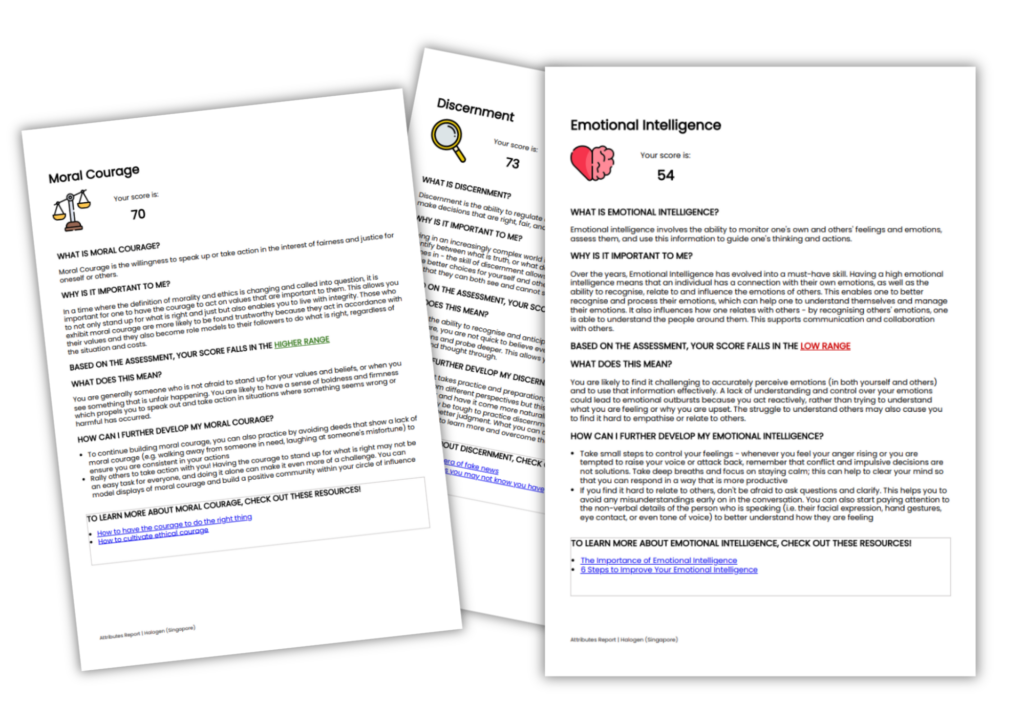Modern consumers are presented with requests for feedback at just about every touchpoint – from their email inboxes to websites where they browse or shop, to the retail checkout lane – there’s no avoiding it. Customers are also increasingly leaving reviews and feedback via their cell phones.
In the U.S., around 3 in 10 surveys are conducted on a mobile device – which means that we can take a survey (and be solicited to take one) pretty much anywhere and anytime.
This is causing people to become overwhelmed by a phenomenon known as “survey fatigue”. In 2012, Pew Research reported that the response rate of their typical telephone surveys had dropped to 9% versus 36% in 1997.
There are two main types of survey fatigue.
What is survey fatigue?
Survey fatigue can happen in two ways: survey request fatigue and survey taking fatigue.
Survey request fatigue is when people have been asked for their feedback so many times that they don’t want to respond. Survey request fatigue causes people to completely ignore the request for feedback and reduces survey return rates.
Survey taking fatigue is when someone’s in the middle of a survey and gets tired of the questions. This can affect the quality of their response because they may skip questions or spend minimal time answering questions. It can even cause them to abandon the survey completely.
How do I avoid survey fatigue?
Since good customer service depends on obtaining and reviewing feedback, we don’t recommend banning surveys. Instead, focus on mitigating the effect of survey fatigue.
Here’s a short and sweet overview that addresses both types of survey fatigue:
- Don’t over-survey your audience
- Communicate the value of each survey
- Keep it short and simple
- Take the survey yourself
Surveys shouldn’t be about having as many questions as you can get away with. They should be brief but meaningful. It should be clear what their purpose is and who the survey is coming from. Avoid automated popups, autoresponder emails, and the urge to ask for feedback after every single customer reaction. All of these things contribute to survey fatigue and poor quality results from overwhelmed customers. Here’s a breakdown of the strategies we listed above.
Four essential strategies to avoid survey fatigue
1. Don’t over survey your audience
When survey respondents become overwhelmed with questions or the number of surveys they are presented with, resulting in lower response rates for everyone. Research has shown that 80% of the study respondents abandoned a survey halfway through and that 72% indicated surveys interfere with their online shopping experience. The best way to prevent a high abandonment rate is to reduce the number of surveys you request from your customers and keep your surveys as brief as possible. But what does that mean, exactly? Here’s some clarification.
- Send surveys out once or twice a year to avoid over-surveying
- Keep survey questions brief – about 140-200 characters each
- Keep questions relevant to survey takers and people who are requesting the info
- Keep it short and simple (e.g., don’t ask the same thing in different ways)
2. Communicate the value of the survey
While it’s true that surveys are not exactly popular with customers, people are more willing to take a survey if they feel like their opinion will make a difference.
In fact, 87% of respondents said they’d participated in surveys because they felt it would help make a difference in a company’s products or services.
Here are a few things to consider.
- If you make it clear why you’re soliciting your customers for feedback, then you’ll likely see your response rate improve.
Example:
Help us choose the newest color for our classic sneakers!
- Consider the source of the survey request. Surveys that come out of nowhere (e.g., pop-ups, email autoresponders requesting feedback, phone surveys that keep you on the line after a customer service call, etc.) are easy to ignore. If the survey request comes from someone with authority – the company’s CEO, for example – people are more likely to respond to it.
Example:
Mark Zuckerberg, here! I need your feedback to make Facebook a better resource for everyone!
- Explain how the survey will impact your business (or cause, product, service, etc) since people are more likely to respond if they know their answers aren’t going to disappear into the void.
Example:
We’re going to use the feedback from this survey to decide where to open our new location.
3. Keep it short and simple
You have very little time to keep your customers focused on your survey. 52% of respondents in an OpinionLab study indicated they would likely abandon a survey after three minutes! Even if people make it past three minutes, the quality of survey responses tends to diminish after twenty minutes. Keeping your questions brief and simple to understand is the best way to combat this kind of response fatigue.
- Use close-ended questions like multiple choice or checkbox questions
- Avoid absolutes (e.g., Do you “always” shop online?)
- Use open-ended questions sparingly (these are questions that require people to type in their own response)
- Let people know how many questions there are up front
- Limit the total number of questions (there’s no hard and fast rule here – just try to keep the survey as brief as possible and eliminate redundant questions
- Add question logic to skip questions that are not relevant based on a previous answer
4. Take the survey yourself
The best way to determine if a survey is meaningful, functional, and easy to understand is to take it yourself and have colleagues take it as well. Here are some things to consider while taking your own survey.
- Make note of any issues or roadblocks you encounter
- Get feedback from key stakeholders (e.g., your sales force, customers, marketing team, etc.)
- Look for bias in the questions and eliminate it
- Adjust the survey based on all of the above
Conclusion
While surveys are an important tool that companies can use to help understand their customers, obtaining customer feedback is only one part of a larger marketing strategy. Meaningful surveys should be tied to specific company goals or initiatives with a plan in place for implementing changes based on actual customer responses.
Survey fatigue can prevent companies from getting the important feedback needed to achieve your goals by limiting overall responses and effecting of the quality of responses you do get. That’s why it’s crucial to design surveys – and implement survey strategies – that limit this obstacle.
Building a good survey starts with understanding the purpose of that survey – who is it for? How will the results help your customers? How can you communicate the impact that the survey results will have on your business and, ultimately, on your customers?
Laying out a strategy for how a survey will help make your company (or products and services) better, is the first step in soliciting answers that can inspire real change in your organization






